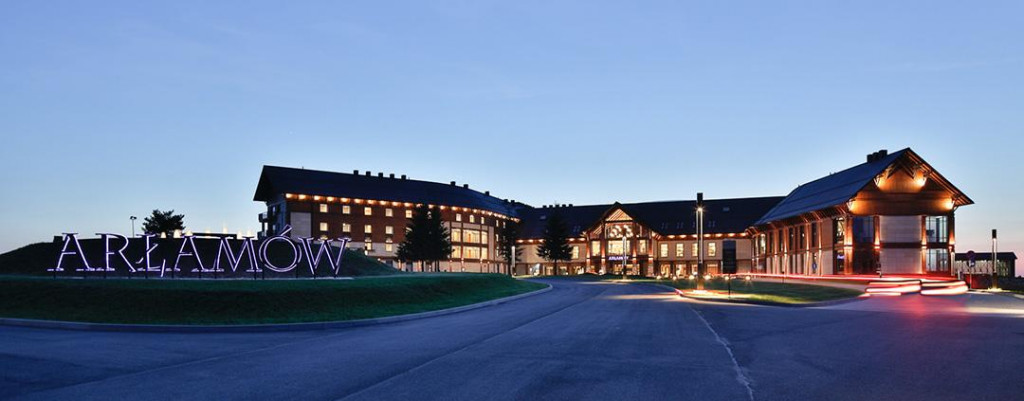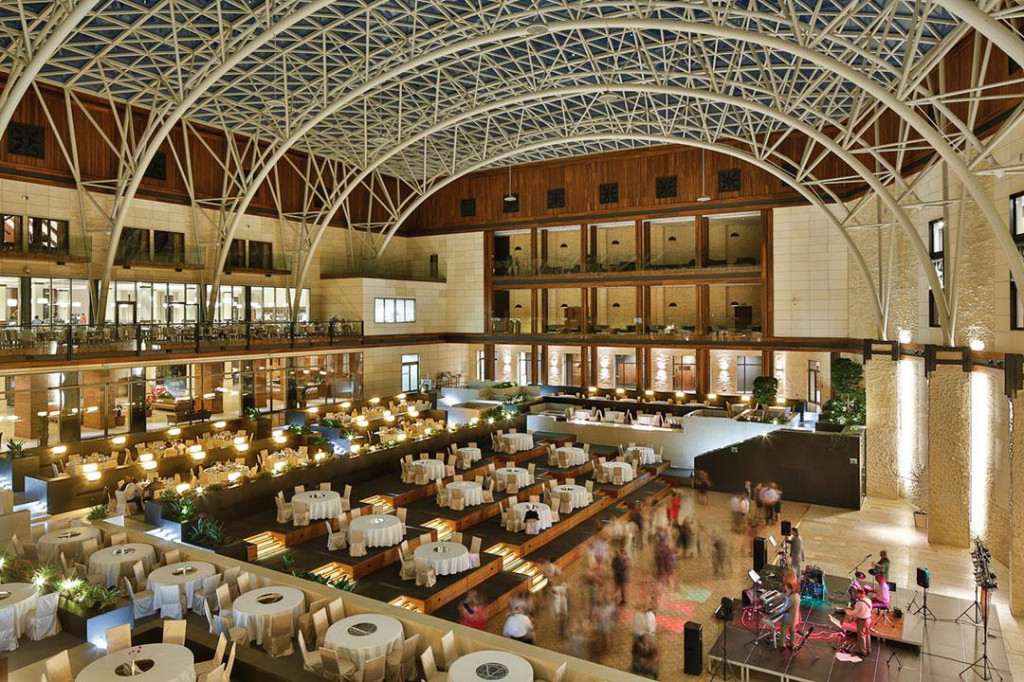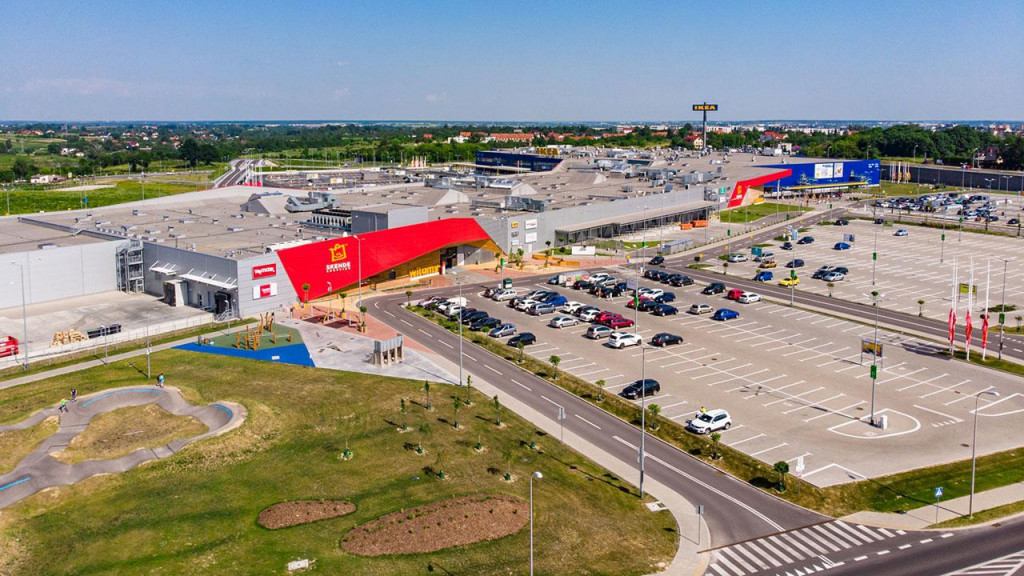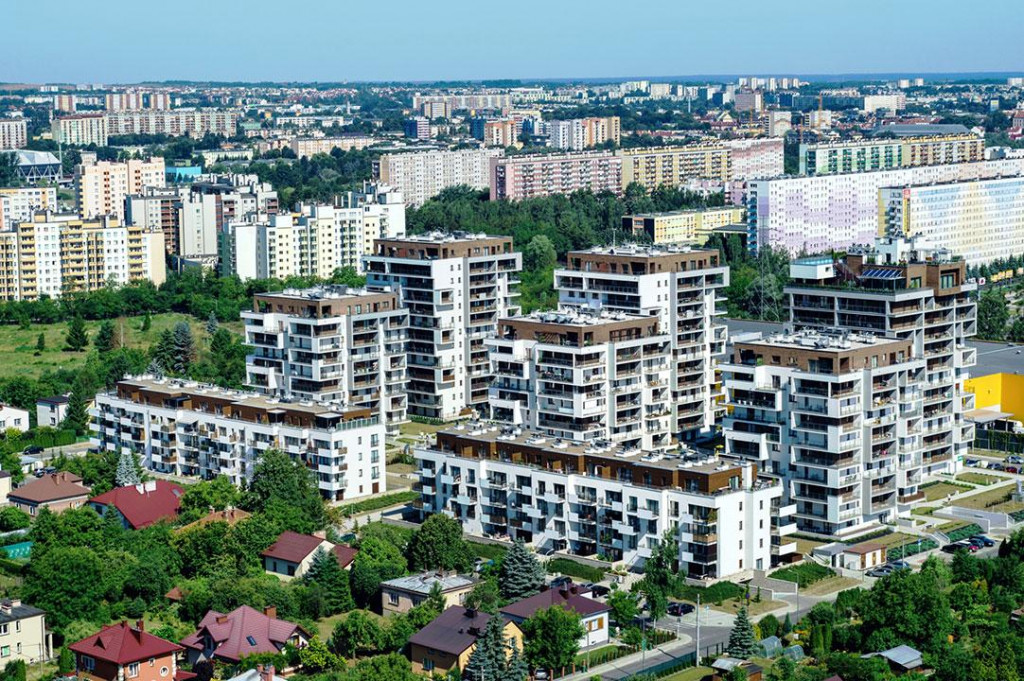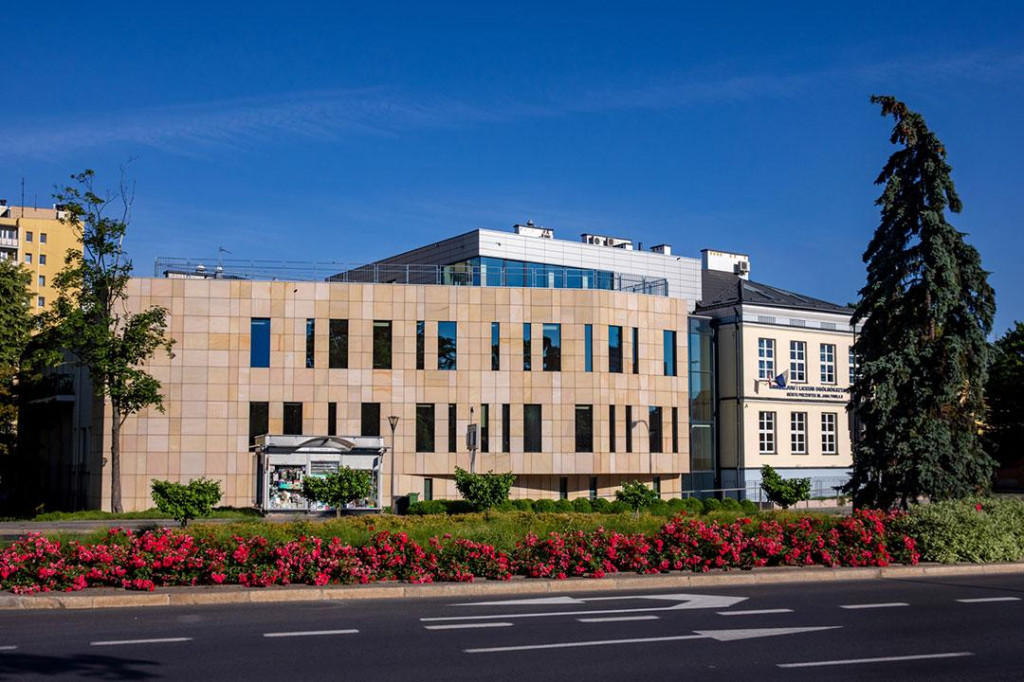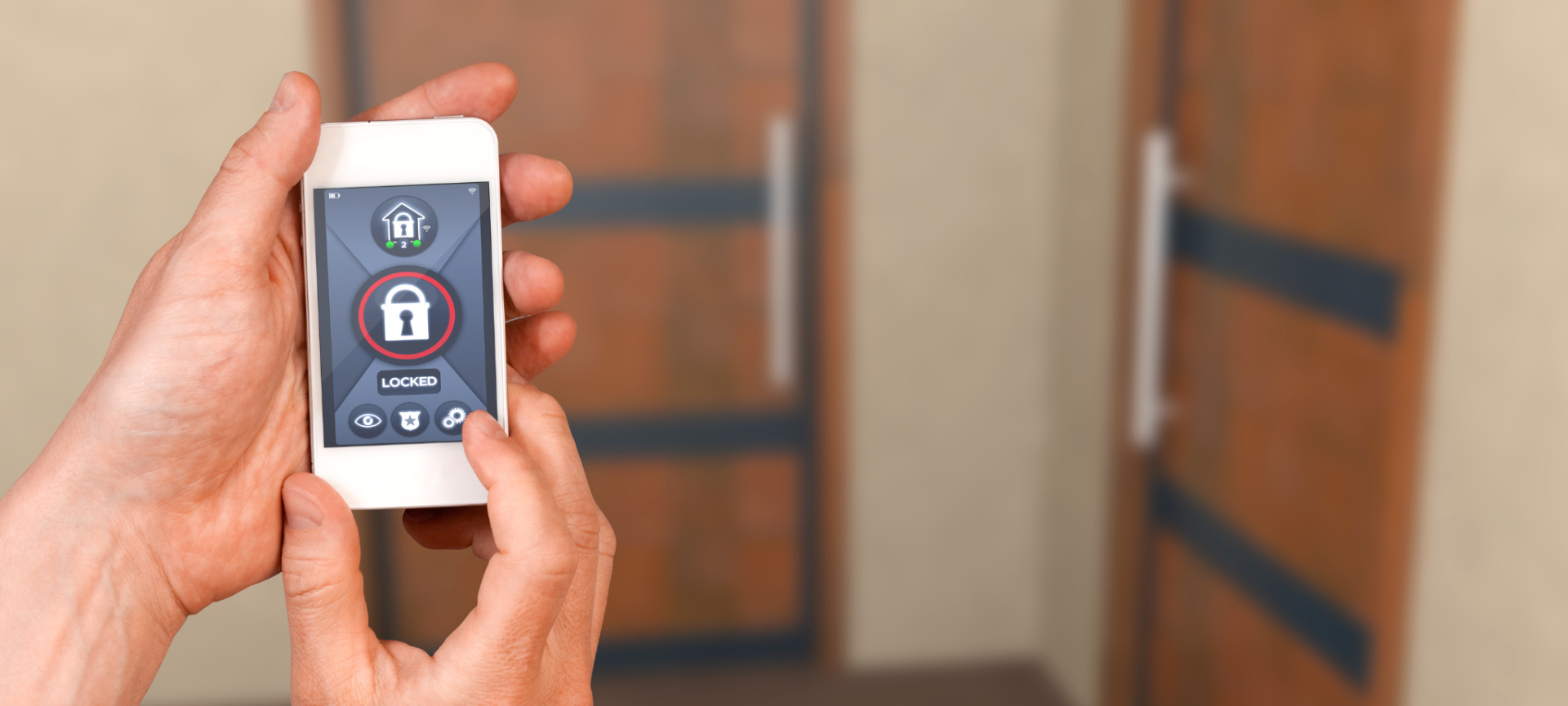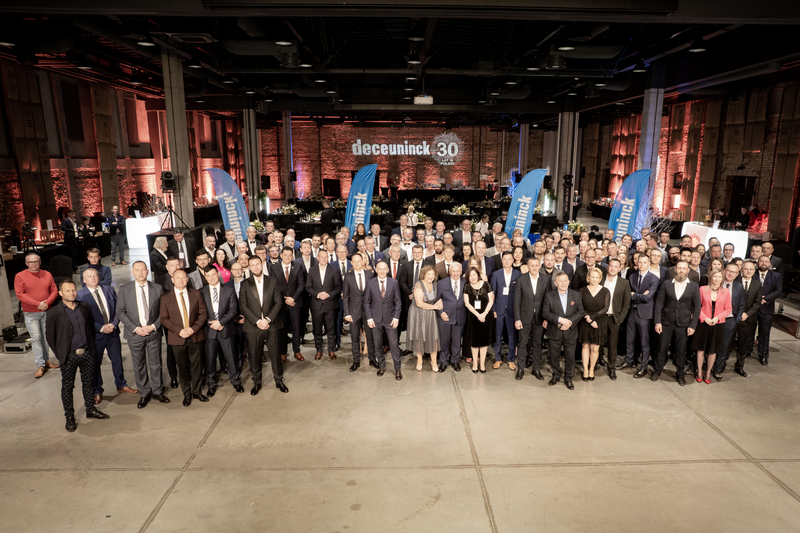Born in 1972 in Przeworsk. Architect, graduate of the Faculty of Architecture of the Cracow University of Technology (1991-1997). In 2000, together with two architects, he founded the MWM Architects studio. The establishment of the office was a legal sanction of Łobos's earlier cooperation of several years with Wacław Matłoka and Marcin Smoczeński. Currently, the company employs nearly 50 people and is one of the largest architectural offices in Poland.
www.mwmarchitekci.pl
In our series "An investor meets an architect" we bring the profiles of the best Polish architects and their work workshop closer. Our first interlocutor is Maciej Łobos from the MWM Achitects office. We invite you to read this very interesting coversation.
How should the investor prepare for the first meeting with the Architect?
It is good if the investor has well thought-out assumptions for the future investment. In the case of large investments, this should take the form of a project brief describing standards, business requirements, budget, etc. In the case of smaller investments, the first meetings usually allow such assumptions to be crystallized together.
What are the most common mistakes?
Sometimes we hear that "it's a nice building, but not in this location." It is unfortunately a lack of awareness that each building grows out of its location and that there really is no such thing as a typical design that can be adapted to another place. Architecture deals with solving very specific problems, and these usually result from the location, environment, social conditions, budget, etc.

What is your main focus during the first meeting with the investor?
This is a very subjective question. Everyone has different expectations and ideas. For me personally, the budget is very important - whether the investor is aware of the investment costs. The second thing is passion - we do various projects, but it is fantastic to work with someone who loves what he does and who enjoys every step of the project's development.
What irritates you the most in investors' expectations?
Nothing in expectations, because it hasn't changed for ages. It is always keeping the budget, functional assumptions and deadlines. The problem is sometimes the lack of understanding that the investment planning and design phase is the most important. Then, at a low cost, we are able to avoid serious mistakes and guarantee the quality of what will arise. At later stages, the possibilities for introducing changes are becoming smaller and unfortunately cost more.
What does the workshop of your architectural office look like? How do you implement projects?
First of all, creating Architecture is a team work - each project has many mothers and fathers and we can't really identify one author. The project is the result of many meetings, discussions and hours of joint work, which is a bit like making a snowman. Everyone adds something to their own. For us, the author of the project is a COMPANY, not an individual. The technology of work is only tools. At the root of everything, as in the creation of the world, there is always a "logos", or idea. Idea stands for architecture.
Secondly - we still draw a lot. Despite the development of technology, drawing still remains the basic language we communicate with each other.
Thirdly - our projects are not accidental. We always analyze all the restrictions and advantages of the location from the very beginning, and the design naturally grows out of them. Architecture is also a philosophy without which projects are simply bland and repeatable.
An investor with a briefcase of inspiration or open to suggestions? Who do you prefer to work with?
We are lucky that for 20 years on the market we have managed to build a brand thanks to which customers know what they can expect from us. For a long time a customer has not appeared who would come with his own inspirations. 90% of clients are people who consciously choose us and know what to expect from our work.
The most difficult and the most interesting project is ...
The next one. We work simultaneously on 20-30 projects and everyone is just as happy about us. Watching how the project develops from the first clumsy sketches to the final version is a great satisfaction that is difficult to understand for someone who has never dealt with creating art. When it comes to the scale of the difficulty, there are no simple projects - everyone is complicated in their own way.
What will you never agree to when implementing a project for an investor?
We don't deal with developing someone else's concepts and ideas, because it's simply boring and not creative. We do not participate in public tenders, because the current lowest price paradigm makes it impossible to create anything decent. Unfortunately, this is one of the reasons for the terrible quality of our surroundings.
Large urban projects or residential house designs?
Somehow our story unfolded, that we do rather large orders. We design houses rarely and basically only for friendly clients. We love to create a project from urban planning, because it only allows the right distance and problem solving not only within one plot, but also in the context of the city or district. Urban planning is of utmost importance to us - poor architecture will defend itself in a well-composed space, but even the best architecture will make no sense in a terrible space.

Architecture of which city made the biggest impression on you and why?
Paris, Barcelona - for exceptional spatial order and harmony. There are exceptions, but they do not spoil the good picture of the whole ...
Copenhagen - for people-friendly space, consciously built and managed over the last 50 years. For consistent ousting of cars from the city and giving this recovered space to people.
Rome - for monuments that speak tangibly to us and show that what we are building matters not only to us but also to future generations.
New York, Sydney - for momentum, boldness and innovation. For years, their architecture was synonymous with kitsch. In recent years, mainly due to the fact that they began to create the best European offices there, they are definitely at the forefront when it comes to boldness and quality of solutions.
What role does ecology play in contemporary Architecture?
More and more increasing. However, with everything and with ecology you need to be moderate and common sense. Caring for the environment today is often treated as some kind of pseudo-religion, and it should be ordinary life prudence. It is also obvious that environmental protection must cost money. Today we know that rivers and air cannot be poisoned just because filters and sewage treatment plants cost, because in the long run such an approach is deadly for society. It is very similar with built-up environment - we must be aware that the space in which we operate has an extremely strong impact on our behavior, well-being and social relations. Designing such a human-friendly space is the first "ecological" step. Only later are materials and technologies. Searching for new solutions and savings is justified only when at the back of the head we are aware that we are doing it for the good of man. Of course, today being "eco" is also a fashion that does not bypass architecture. Tall wooden buildings are designed, it retains rainwater, minimizes the amount of energy necessary for the functioning of objects, introduces natural light and ventilation, takes care of greenery - these are all steps in the right direction.

What architectural trends will affect the decisions of Polish investors in the coming years?
For investors, the most important are two issues - maintaining the budget and meeting deadlines. Other issues are lower in the hierarchy of importance, and the quality of the architecture itself is somewhere at the end of the top ten. This is reality and there is nothing to be offended at. In a mature market, the quality of architecture matters because people are more aware of how space influences their behavior and shapes their lives. More and more customers are beginning to understand this and more and more often they are expecting something more from buildings than that it should stand and that it will not pour on its head. We also have a clear shift towards ecology - the use of natural materials, renewable energy, etc.
Large glazing - a fashion that will pass away or the absolute must have of modern architectural designs?
It seems to me that all technical innovations are only a possibility and should not be abused. Architecture should be a response to specific, identified problems and an attempt to solve them. If large glazing is really needed in a given case, it is fantastic, but if it is only a fad of an architect, it is definitely not a good approach. The best example is the glass facades of office buildings - it can often be seen that the architect's vision conflicts with the usual functional properties. From the south and west, glass facades are a nuisance for building users. People deal with them as much as they can, e.g. by hanging internal blinds, or even cover the glass with paper. Added to this are the costs of air conditioning and heating of such rooms - this is absurd.
In what situations do you oppose large glazing in residential houses?
Again you have to resort to common sense. If we have a window 4 meters from the border, and there is a neighbor behind the fence, I would consider 100 times the implementation of large glazing.
PVC or aluminum windows, which in what kind of projects?
This in Poland is a question about finances. In public buildings we usually use aluminum, and in residential buildings for economic reasons PVC. Wood is a great alternative to individual projects, but good wood costs.

Which construction solution should you choose to reduce building maintenance costs?
First of all, look at the location. If we have a living room on the south side and we can make large glazing in it, then the terrace should be equipped with roofs with such reach that the summer sun does not cause overheating, and winter, shining above the horizon, has access to the interior.
The building must also be well insulated and guard sensitive areas where thermal bridges arise. It is also worth considering mechanical ventilation with recuperation, which not only saves energy, but above all causes that we have fresh air all year round.
How many changes are you making in projects at the implementation stage at the investor's request?
We strive to make our projects as thought-out as possible and discussed at the early stages of the project, so that no changes occur during construction. In practice, changes are a small percentage, although we also have projects in which investors pressed for major changes in the final phase and, unfortunately, ended in changes at the construction site and conflict situations. When designing buildings, it's either good or fast or cheap. These three factors never go hand in hand.

Did you design the house where you live yourself? What mistakes would you not make today?
I don't (and I don't regret it), but my partners already do. There is probably no rule - how many architects have so many visions.
What does the investor not ask about and should definitely?
He should verify the company's experience, check insurance policies and project and risk management skills. The business management handbook (Architect's Handbook of Professional Practice) published periodically by the American Institute of Architects has over 1000 pages and there is almost nothing about design itself. This shows how important an architect's ability to practice is for the investor's success and safety. Unfortunately, there are no such standards in Poland and nobody teaches it. That is why the quality of service on the market varies a lot.
What does the investor not talk about, and definitely should?
About the budget and business assumptions, but this is changing a lot and even if the Investor does not talk about it himself, we discuss this problem at one of the first meetings.


Some of the projects conducted by MWM Architects:

